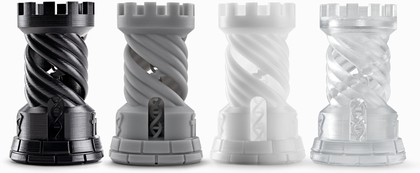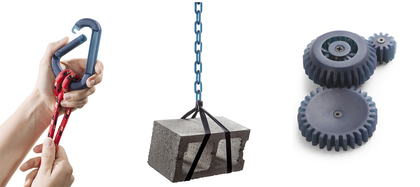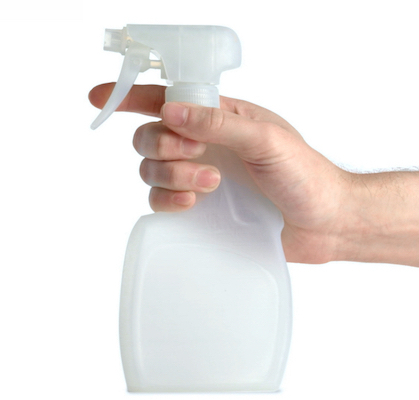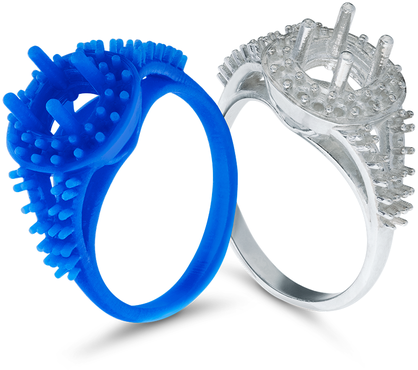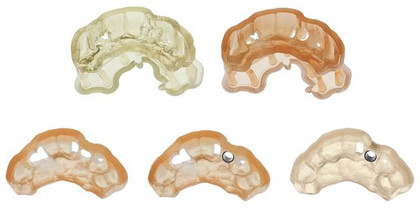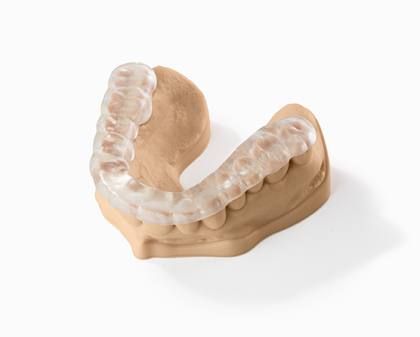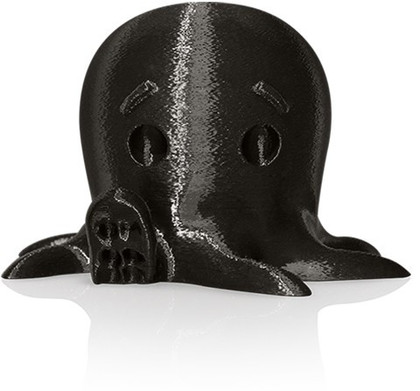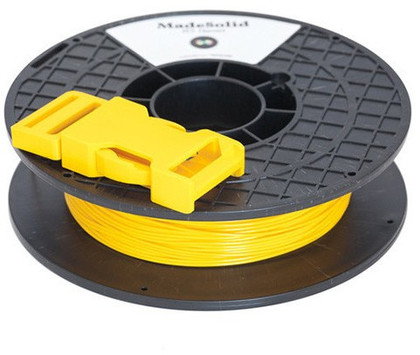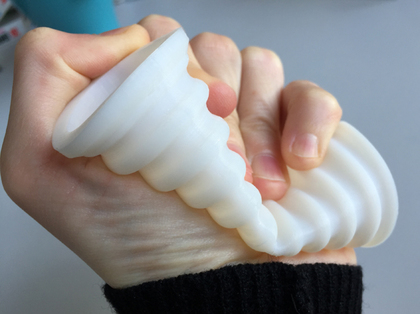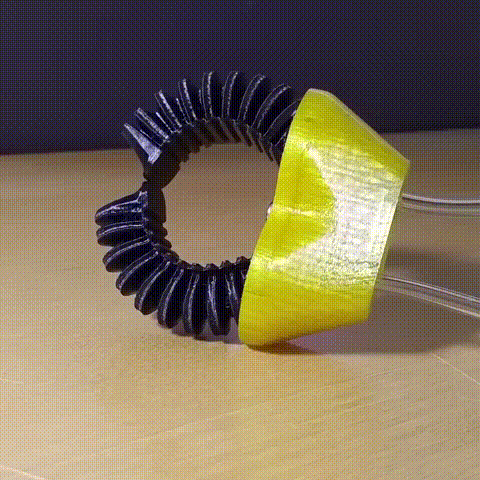FOR OUR 3D CAD / NPD CLIENTS
With 3D Printing we can provide rapid prototyping or final solutions for you ideas, or products. 3D Printing is the future of product development for all plastic shapes, which can be assembled together to more complex (possible moving) prototype or product. To learn more about 3D Printing please see Wikipedia.
To get more information and pricing, please email us your 3D computer model. We accept most file types, however we would prefer a STL (.stl), OBJ (.obj), STEP (.stp) or IGES (.igs).
3D Printing via Stereolithography (SLA)
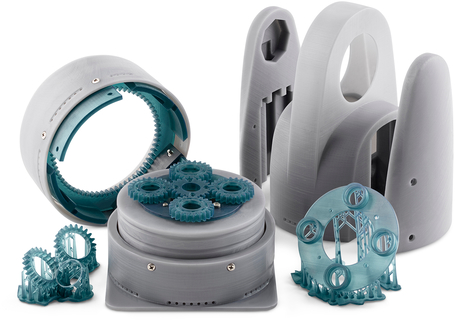
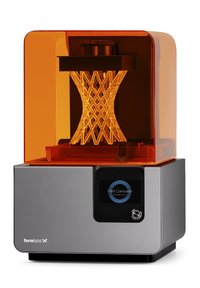
We can provide you with 3D prints via Stereolithography (SLA). From our experience SLA 3D Printing is the best 3D Printing technology. Selective Laser Sintering (SLS) 3D prints are high precision, but are weak and generally not suitable for function testing. In the past we have used FDM 3D Printing for function testing, due to its high strength. However SLA is just as strong as FDM, if not stronger with some resins. The only issue with SLA is it is more costly.
In summary SLA 3D Printing is high resolution, high strength & precision, and outstanding surface finish!
SLA Printing Areas
- Form-2 - 145 L x 145 W x 175 H mm
NOTE: We can create bigger parts, via splitting and gluing.
SLA Resolution
0.05mm or 0.025mm (however we generally do flexible at 0.1mm).
NOTE: We can do higher resolutions, if you would like to save on time and machine-hour costs.
Tech Specs / Resin Datasheets
https://formlabs.com/3d-printers/tech-specs/SLA Material / Resin
Heat Deflection Temp:
| @ ~65 psi | 73°C |
| @ ~260 psi | 58°C |
Heat Deflection Temp:
| @ ~65 psi | 289°C |
| @ ~260 psi | 130°C |
3D Printing via Fused Deposition Modeling (FDM)

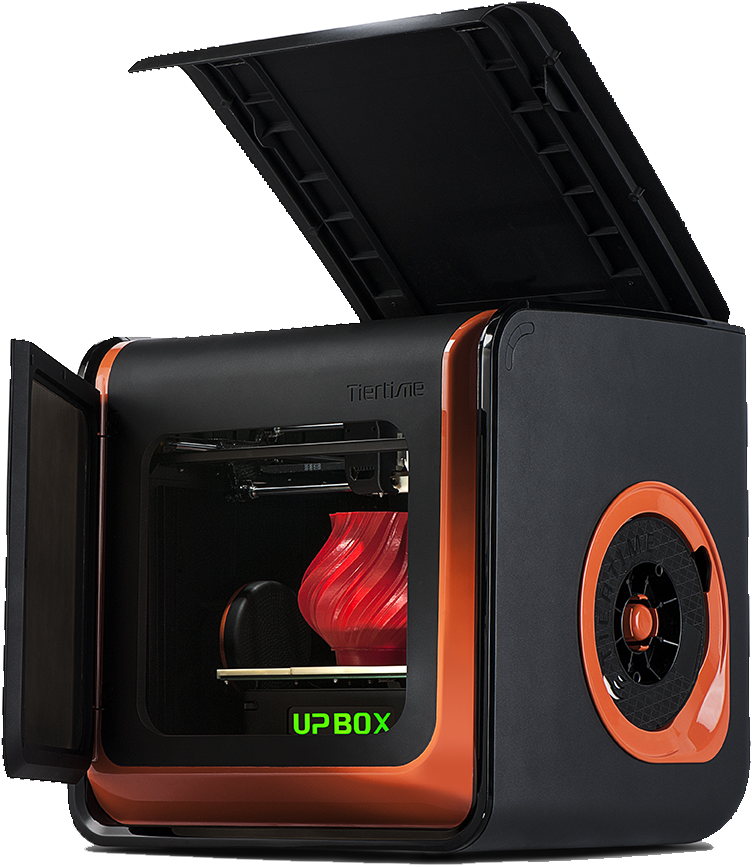
We can also provide you with 3D prints via Fused Deposition Modeling (FDM) 3D printers, which is great for quick validation of your physical design. The primary issue with these prints is shrinkage and warpage can occur on models and is purely geometry dependent.
FDM Printing Areas
- UP BOX+ - 255 L x 255 W x 205 H mm
(ideal for high quality/precision) - Replicator Z18 - 305 L x 305 W x 457 H mm
(ideal for large prints) - Replicator 2X - 246 L x 152 W x 155 H mm
(ideal for filament experimentation)
NOTE: We can create bigger parts, via splitting and plastic welding or gluing.
FDM Resolution
0.1mm (however we generally do flexible at 0.25mm).
NOTE: We can do higher resolutions, if you would like to save on time and machine-hour costs.
FDM Material / Filament
Other materials/colours are possible, but adds lead time.
How Do We 3D Print Your Object?
To 3D print an object, a 3D computer model is required. You have three options:
- Email us your 3D computer model - we accept most file types, however we would prefer a STL (.stl), OBJ (.obj), STEP (.stp) or IGES (.igs).
- Ask us to create your 3D computer model.
- 3D scanning and post-processing.
Our capacity: 1x SLA 3D printer and 3x FDM 3D printers.
How Do We Charge?
Our printing prices are based on three factors:
- Man-hours: Includes print setup, part removal, support material removal, hand finishing where required, assembly if required, and in some large part cases gluing or plastic welding. This is done at our typical mechanical engineers hourly rate.
- Machine-hours: Rate based on type of machine (e.g. SLA or FDM). This is a low hourly rate.
- Materials: The cost of the filament or resin used for the print. The material includes the actual part and the support material. Generally a negligible cost.
Our minimum order is $180 + GST, mostly due to the labour involved for support material removal and hand finishing if/where required.
One-off Part?
Are you looking for a one-off part to replace something that is broken, or no longer on the market? Unfortunately, we are confident that in most cases 3D Printing services is not financially feasible.
Generally 3D Printing is used for new product development prototyping. And therefore is a cheaper alternative to production methods such as plastic injection moulding, blow moulding, etc.
Empowering Lillicur's Businesses with Innovative Engineering Solutions
Let’s build something remarkable together.
Contact Us3D Printing Services for Lillicur – Our Clients: Big Brands & Small Businesses































































































3D Printing Services for Lillicur – Amazing Customer Testimonials
COLETEK proved to be the perfect choice to help us kick our project off. Their analysis of the problem we presented with them with, and their suggestions for the most efficient and effective way to achieve a solution prevented us wasting time and money heading down the wrong path. I'd recommend COLETEK without any reservations.

COLETEK proved to be the perfect choice to help us kick our project off. Their analysis of the problem we presented with them with, and their suggestions for the most efficient and effective way to achieve a solution prevented us wasting time and money heading down the wrong path. I'd recommend COLETEK without any reservations.


